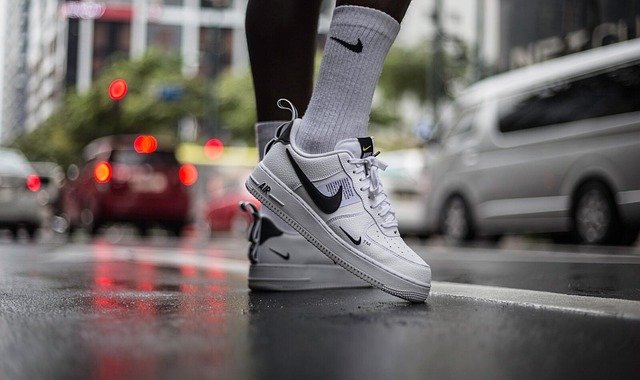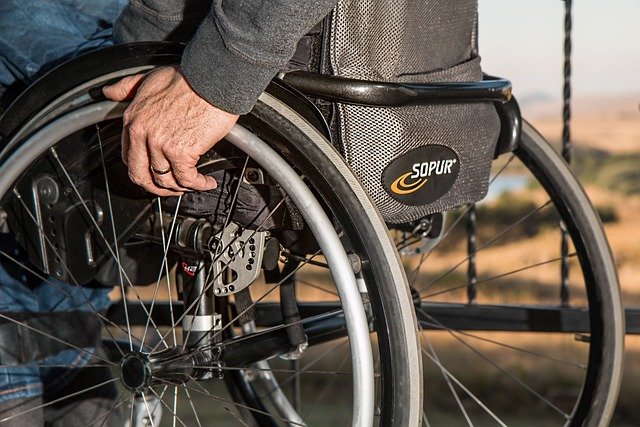Hoka Walking Shoes: A Practical Guide to Models, Fit, Features, and Care
Choosing a walking shoe often comes down to how it feels over miles, not just how it looks on the shelf. This guide explains how Hoka walking-oriented models are built, what their signature technologies do, how to select the right fit and width for your feet, and how to care for your shoes so they last longer. It also compares popular models and outlines typical price ranges.

Hoka walking shoes aim to make steady miles feel smoother by combining soft cushioning with a gentle rolling sensation. While many models originate from running, the brand’s geometry and foams translate well to all-day walking, commuting, and travel. Understanding what sets these shoes apart—and how to choose the right pair—can help you match comfort, stability, and durability to your routine.
What makes Hoka walking shoes different?
Hoka designs tend to use thicker midsoles than many traditional sneakers, prioritizing cushioning and a smooth transition from heel to toe. A curved sole profile encourages forward motion without forcing it, which can reduce the “slap” some walkers feel on hard pavements. Many models combine that geometry with a broad base for inherent stability. The result is a cushioned yet controlled feel that suits long walks, urban sightseeing, or hours on your feet at work.
Key technologies: cushioning, rocker geometry, and stability
Hoka typically uses compression-molded EVA foams tuned to balance softness and rebound. The brand’s rocker geometry—often described as early-stage or late-stage—shifts the pivot point to either promote a quick toe-off or add forefoot support. Stability variants avoid rigid plastic posts and instead use firmer foam frames (e.g., J-Frame or H-Frame concepts) to guide the foot more gently. Outsoles usually place rubber in high-wear zones to cut weight while preserving traction on sidewalks and light paths.
Choosing the right model: fit, width, and intended use
Start with fit: a thumb’s width of space in front of the toes helps accommodate swelling during long walks. The midfoot should feel secure without pressure, and the heel shouldn’t slip. Many models are offered in multiple widths—commonly standard and wide, with extra-wide available in select versions—so consider width if you feel pinching or numbness. Match the shoe to your use: maximal cushioning for long, hard-surface walks; stability features if you prefer guidance; commuter-focused uppers for everyday wear; or more lugged outsoles if you split time between roads and mild trails.
Care and maintenance: cleaning, drying, and extending lifespan
Knock off loose dirt after each walk, then spot clean with lukewarm water and a small amount of mild soap. Remove insoles and laces before cleaning, and avoid harsh chemicals or abrasive brushes that can damage mesh and overlays. Air dry at room temperature away from direct heat or strong sun; stuffing the shoes with paper towels can speed drying and help maintain shape. Rotating between two pairs reduces day-to-day foam compression, and replacing worn insoles can refresh step-in comfort. Typical lifespan is roughly 300–500 miles (480–800 km) of walking, depending on body weight, surfaces, and gait.
Comparing popular Hoka models for walking and everyday use
Different models emphasize different priorities. Bondi lines focus on maximum cushioning for a plush, steady feel on concrete. Clifton offers a lighter, balanced ride suited to daily wear and travel. Arahi and Gaviota introduce guidance via firmer foam frames for those who prefer more structure. Transport adapts the geometry to commuting, with a durable upper and grippy outsole for urban surfaces. For mixed paths or park loops, Stinson and similar road-to-trail options add traction while preserving cushioning.
For context on real-world costs, most walking-appropriate models sit in a mid-to-premium price band, with stability and maximum-cushion designs typically costing more than lightweight daily options. Prices vary by region, retailer, currency, and seasonal availability.
| Product/Service Name | Provider | Key Features | Cost Estimation |
|---|---|---|---|
| Bondi 8 | Hoka | Max cushioning, neutral support, early-stage rocker | ~US$165 MSRP |
| Clifton 9 | Hoka | Balanced cushioning, lighter weight, early-stage rocker | ~US$145 MSRP |
| Arahi 7 | Hoka | Guidance via J-Frame-style support, stable platform | ~US$145 MSRP |
| Gaviota 5 | Hoka | Max stability with H-Frame-style guidance, plush feel | ~US$175 MSRP |
| Transport | Hoka | Commuter-focused upper, grippy outsole, everyday wear | ~US$140–150 MSRP |
| Stinson 7 | Hoka | High cushion with road-to-trail versatility, added traction | ~US$170–180 MSRP |
Prices, rates, or cost estimates mentioned in this article are based on the latest available information but may change over time. Independent research is advised before making financial decisions.
How to choose among them
• Prefer plush comfort on hard pavements: consider a max-cushion neutral option.
• Want a lighter, do-most-things shoe: look for a balanced, mid-cushion model.
• Appreciate guidance without stiff posts: stability variants with foam framing can help.
• Commute or stand all day: commuter-oriented uppers and durable outsoles are practical.
• Mix roads and gentle trails: road-to-trail designs provide traction without harshness.
Fit and width tips for comfort
• Measure both feet and base size on the larger foot; feet often change over time.
• If your toes feel cramped, try a half-size up or a wider width.
• Heel slippage can often be fixed with a runner’s loop lacing; persistent slip may mean sizing down or choosing a different last.
• Orthotics or insoles can alter volume—check fit with them installed.
Care reminders that extend lifespan
• Clean gently and air dry; avoid washing machines and dryers.
• Rotate pairs if you walk daily to let foam rebound.
• Replace when midsole creases are deep, tread is smoothed, or comfort noticeably declines.
Conclusion Hoka walking-oriented designs pair substantial cushioning with rocker geometry to create a smooth, steady feel on everyday routes. Selecting the right model comes down to balancing cushion level, stability preferences, fit, and the surfaces you frequent. With simple care and occasional rotation, these shoes can deliver consistent comfort and support across commuting, travel, and daily walks.




